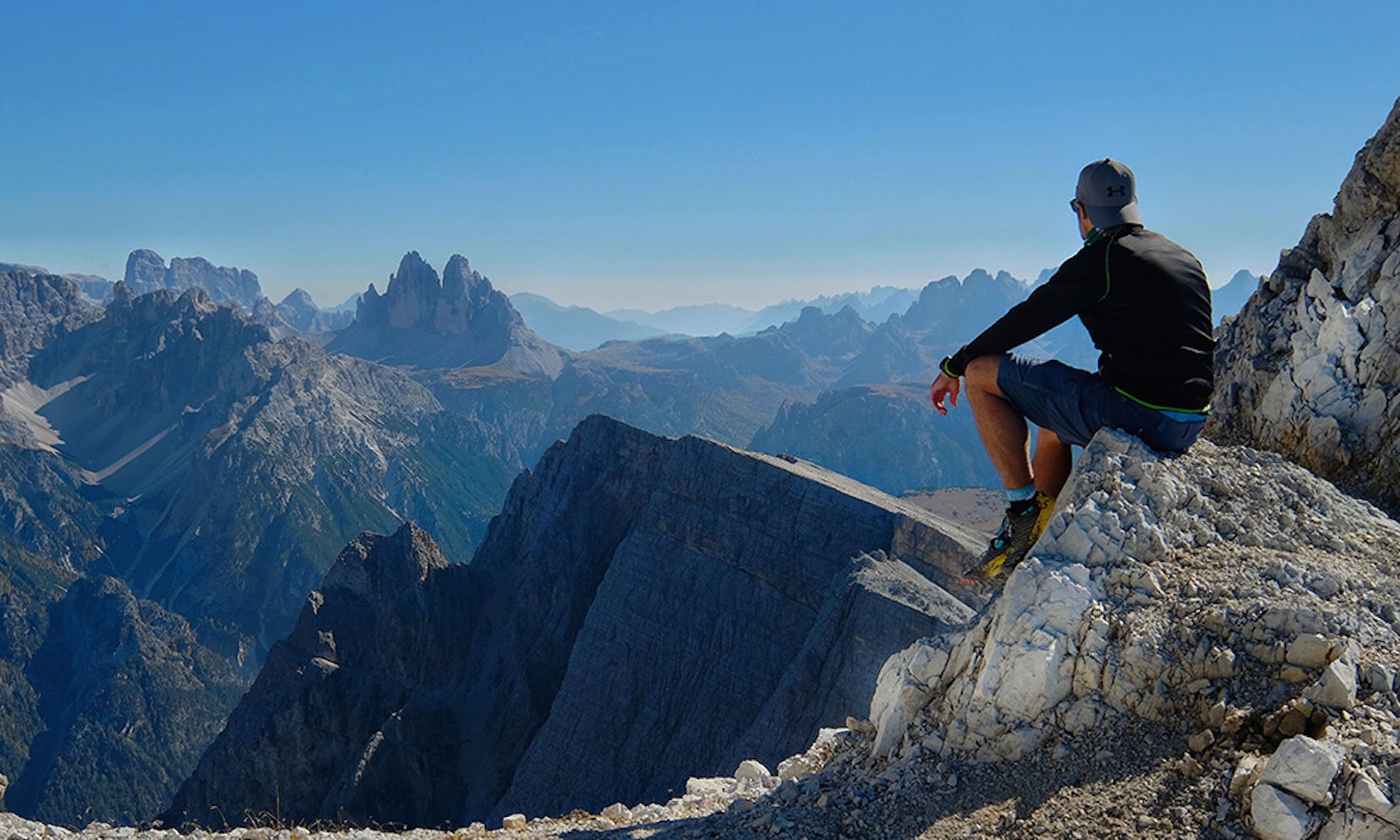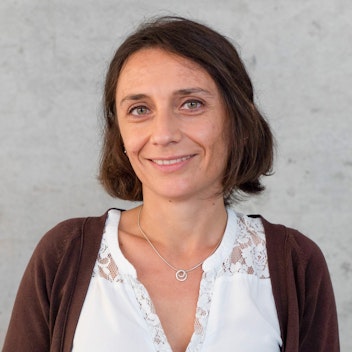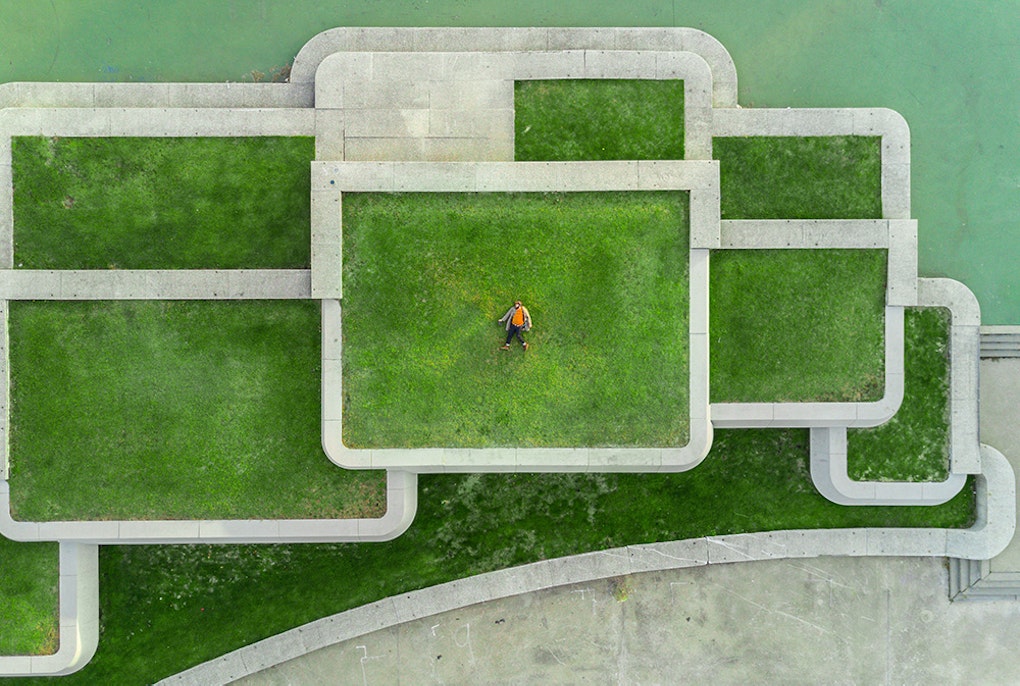
The Covid-19 Whistleblowers
 Cristina Fernández González
Cristina Fernández González
In 2002 the sociologist John Urry defined contemporary man as subject with two fundamental drives: the compulsion to mobility and the compulsion to proximity. Although communication technology allows many of us to avoid the majority of physical movements, society – as well as our personal goals and desires – compels us to move through space in order to reach other bodies, with them we experience situations of proximity in other places. It is not only a matter of choice: there are widespread obligations and expectations in this sense. Urry calls this phenomenon, the globalisation of intermittent presence.
The Covid-19 pandemic has radically reversed this perspective. All over the world, the single imperative of immobility has been affirmed: to stay at home, lock away our bodies, cancel all physical movements if they aren’t essential in providing us with food and medicine or solo physical exercise. To reduce our proximity to the people living with us, if there are any. We can call it the unexpected globalisation of immobility.
However, physical proximity, facing the place, facing the moment, as Urry argues, is a fundamental factor for the reproduction of society, and in particular for (re)generating that essential resource that is trust. In this sense, digital communication (today the main means of interaction in conditions of forced domestic isolation) does not seem to offer a valid substitute for physical proximity. Not always, at least, especially if we consider the importance of the physical frame, as defined by Erving Goffman in 1974, in creating the symbolic meanings of our interactions.
Thus, looking to the future, what kind of transformations may occur, in a post Covid-19 situation – that is no longer an emergency but more a structural interplay of regulations – with respect to the fundamental dimensions of mobility and proximity? How feasible, and under what conditions, will intermittent proximity with others be achieved by crossing a space that will likely be hyper-regulated and perceived as threatening? What will the legacy of policies and practices of social distancing in spatial terms be? Sedentariness could therefore be re-evaluated: a different compulsion to locality could be affirmed and required. If we find ourselves being more sedentary, with a radical inversion of perspective compared to our previous post-modern nomadism, where do we want to or where should we stay?
For many, it will not be a choice: international migration will almost certainly be subject to harder policies of drastic containment and repulsion. The closure of borders, as is currently happening in the EU, could lead to an even clearer separation between inside and outside: for millions of people this will mean being confined to regions affected by war, famine or environmental disasters, where it is not possible to live in dignity or even to survive. They will be forced to be sedentary.
Others, in the richest parts of the world, may be sedentary by choice. If we have to, or want to, spend significant periods of our existence, at least periodically, at home, or in limited portions of territory, large cities may not be the most desirable places to do so. The huge numbers of people, the forced proximity with a potentially infectious and anonymous crowd, the crossing of a territory under hyper-security regulations, the lack of nature on one’s doorstep which could have compensated for the reduced possibility of travelling are some of the factors that could push a part of the western population, whose dimensions and characteristics are yet to be calculated, to move to less densely populated areas, such as inland, rural or mountain regions, even very remote areas. This, however, with the possibility of an Internet connection, of an efficient basic infrastructure and of concrete work opportunities -both remote, through smart working, and on-site, with the development of local economies, based on short supply chains and even with forms of downshifting or degrowth.
After the spread of the first emergency related to Covid-19, is there a possibility, at least in some European regions such as the Alps or the Apennines which have already been affected by phenomena of the return and new peopling, in response to the crisis of the urbanised plains, to invent new place-based policies? To imagine and to support re-territorialising practices? To create the conditions for a different way to conceptualise and to concretely live in proximity and mobility, through the lens of locality?
 | Andrea Membretti is a Sociologist researching migration and local development in mountain areas all over the world at the EURAC Institute for Regional Development and the GLOMOS Centre. He is the Scientific Coordinator of the Horizon2020 MATILDE project, assessing the impact of migration in rural and mountain territories of Europe. |
This content is licensed under a Creative Commons Attribution 4.0 International license.

 Cristina Fernández González
Cristina Fernández González
 Giulia Isetti
Giulia Isetti
 Sonia Gantioler
Sonia Gantioler